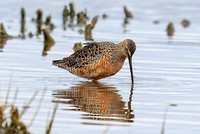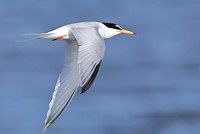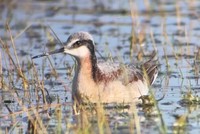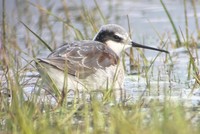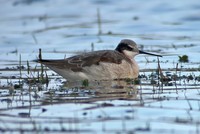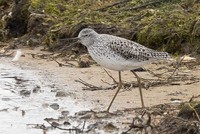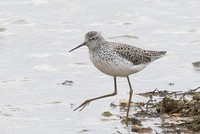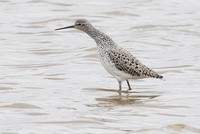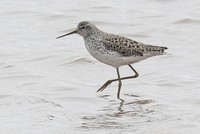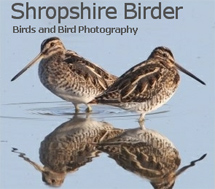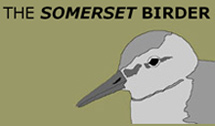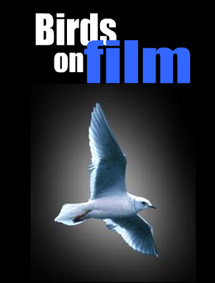Weekly round-up: 02 - 08 Oct 2013
As ever, the weather largely dictated this week’s spread of birds. Strong southeast winds and rain at the beginning of the week gave way by Friday 4th to equally strong humid southerlies. There was significant rain in parts of the west though eastern areas remained drier. Lighter westerlies prevailed from Saturday 5th onwards as a high pressure nosed in from the southwest, pushing the track of low pressure areas to the north and giving the whole country southwesterly winds.
The calendar also had some effect, this week predictably marking the beginning of the annual shift of attention away from the Northern Isles towards the Southwest but it was not a smooth process, with the pendulum swinging wildly between the two rarity poles.
The rarest bird announced this week was, however, at neither extremity. On 4th came the, albeit late, news of a Cedar Waxwing in a garden on Tiree, Argyll from 21st to 29th September though sadly access was not possible and the news had to be witheld. This is only the fourth British and Irish record, following the first - at Noss, Shetland on 25th to 26th June 1985 - and subsequent birds in Nottingham on 20th February to 18th March 1996 (memorably with many hundreds of Bohemian Waxwings) and on Inishbofin, Galway on 14th October 2009. This is therefore the second autumn direct arrival and the second in the far West, thereby bringing at least some order to an otherwise rather disparate set of records.
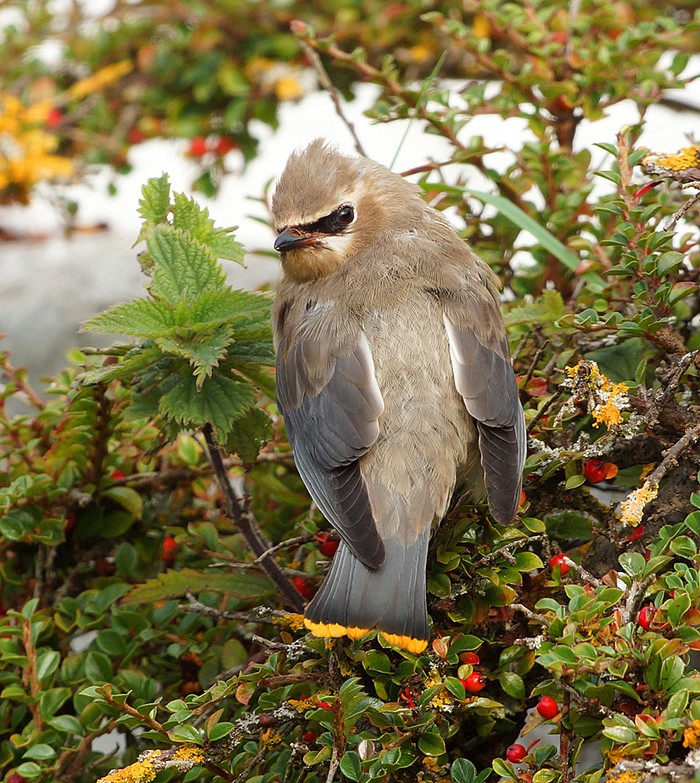
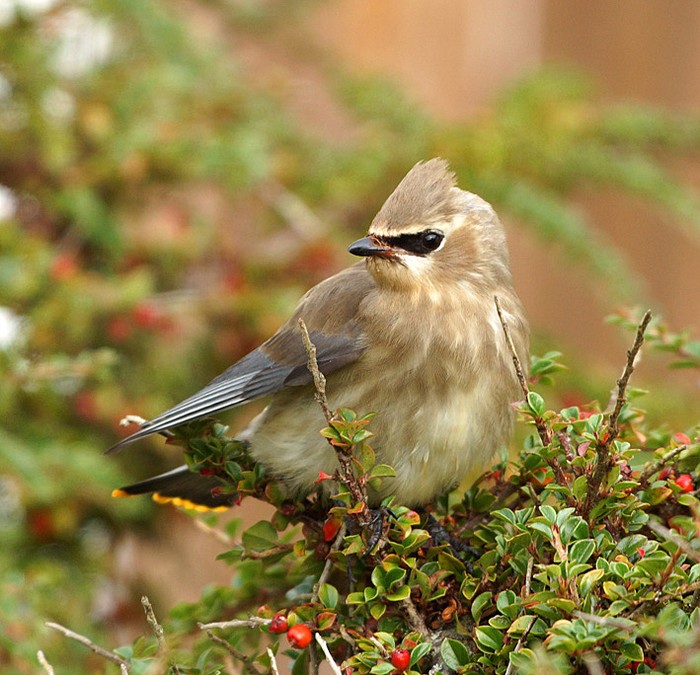
The rarest bird actually seen this week was a Thick-billed Warbler found at Geosetter, Mainland Shetland on 4th, and still present to be twitched next day, albeit mainly in flight only. This peculiar warbler is not a great ‘looker’, a somewhat gawky bird resembling a cross between a Great Reed Warbler and a Rose-coloured Starling, but it is a high quality rarity nonetheless. Formerly rejoicing in its own splendidly-named genus Phragmaticola it has now been been dumped into the much less exclusive Acrocephalus.
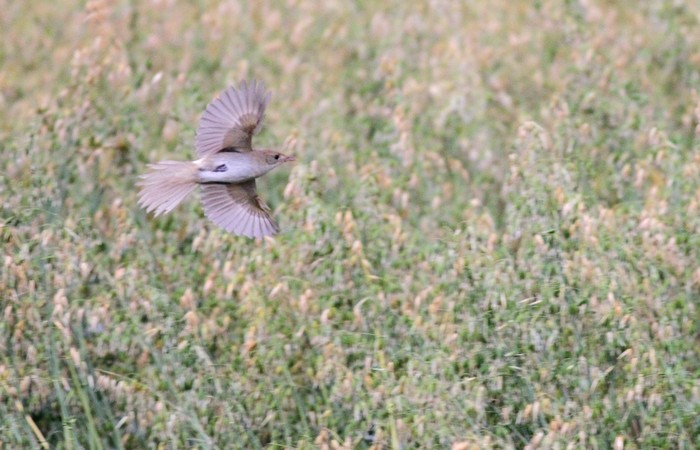
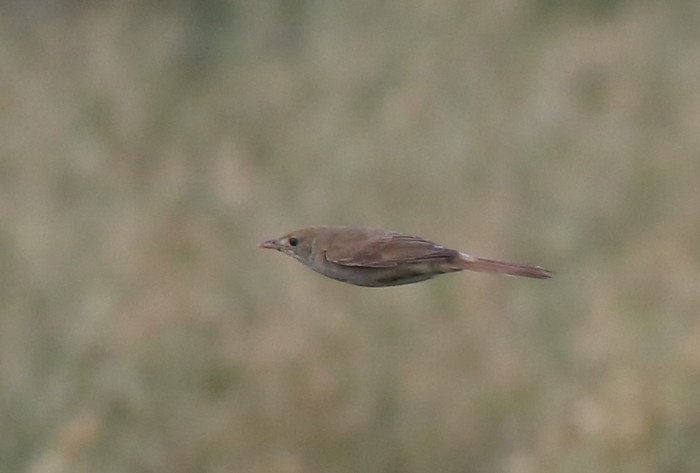
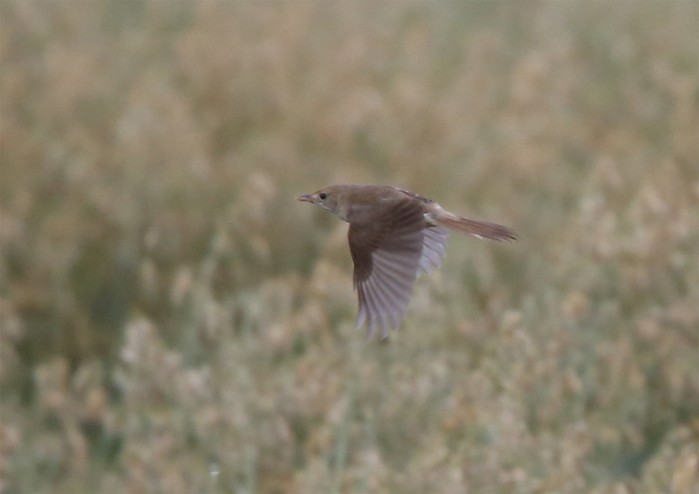
This bird continues the Shetland dominance for this species. The first was on Fair Isle on 6th October 1955 with a further three recorded for the archipelago - on Whalsay on 23rd September 1971, on Out Skerries on 14th September 2001 and on Fair Isle (again!) on the much more surprising date of 16th to 17th May 2003.
Almost as rare was Britain and Ireland’s eighth Ovenbird on Papa Westray, Orkney on 6th only. This delightful bird (like a cross between a waterthrush and a Goldcrest) was a very narrow miss for Shetland but a great record for the, by comparison, more rarity-starved Orkney. It would not have been a first for Shetland, however, Out Skerries hosting Britain’s first, on 7th to 8th October 1973. Subsequent records have, as expected, mainly been in the West in autumn (between late September and late October) but two records are more intriguing - one found dead at Lough Carra Forest, Mayo in December 1977 and one (alive) near Much Marcle, Herefordshire from December 2001 to February 2002. Clearly, like many other Nearctic passerines, this is a viable winter target too.
Hot on the heels of the Thick-billed Warbler came Shetland’s next major discovery - an Eastern Olivaceous Warbler at Hoswick, Mainland on 5th to 7th. With only twenty records in Britain and Ireland prior to 2011, this is still a major rarity. This is the seventh for Shetland, however, and the second at Hoswick, the first being there in August 2002.
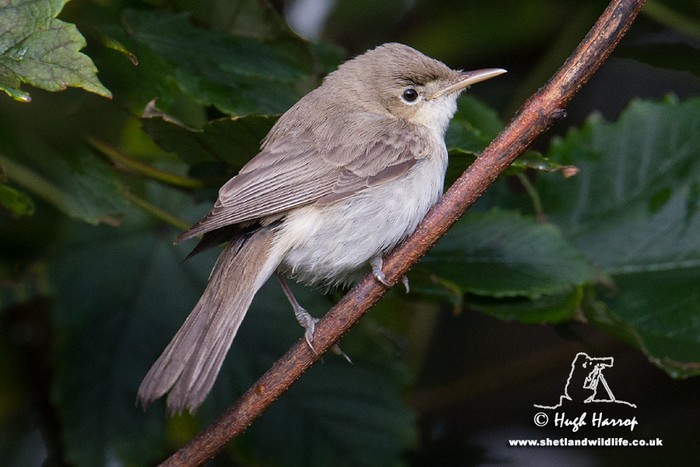
The same day as the Eastern Olivaceous Warbler’s discovery attention swung back to the West as the southwesterly flow brought a Buff-bellied Pipit to Foula, this bird still there on 7th. This was to be the forerunner of more American birds in Shetland - first another Buff-bellied Pipit, this time at Mid Yell, and then a Red-eyed Vireo on Fair Isle on 6th. Though the commonest Nearctic passerine to reach Britain, this species is ultra-rare in the far north. Indeed this was Fair Isle’s first ever and a splendid addition to its already enormous list. The only other Shetland record was on Unst as recently as 2012. The set of Nearctic rarities in the far north was completed by last week’s Hudsonian Whimbrel which lingered on Yell to 2nd.

In the meantime, however, Scilly had entered the game in style with a fine White’s Thrush on St. Agnes on 2nd, reported again on 3rd but not subsequently. This is of course a neat (though unwelcome for some) reminder of the events of 1999 when a highly elusive bird frequented the same island from 6th October to 9th November, though it went missing for long periods in the island’s maze of dense hedgerows and tiny, hidden bulb fields. The apparently prompt departure of this year’s bird might spare birders and islanders alike a long week of frustration and anguish but could its ‘disappearance’ be, as last time, an illusion? Could it still be there?
Despite its large number of records and a (relatively) recent twitchable bird at Easington, Yorkshire on 10th October 2004, this is still a largely unattainable dream bird, the stuff of countless bird-finding fantasies. Sadly for most of us, it seems to favour remote migration hotspots and observatories, almost always managing to avoid the mainland (or at least evade detection there). This year’s birds (at least so far) conform fully to the pattern, having reached Fair Isle and St. Agnes with, further afield, others on Utsira and Heligoland. Another mainland bird is surely overdue.
Further excitement in the Southwest came in the form of a Daurian Shrike at Pendeen, Cornwall on 4th to 7th. This smart bird was an adult male, thereby considerably easing the identification process. The official record has yet to catch up with the precise documentation of which ‘isabelline shrike’ forms are reaching Britain (and of course the taxonomy has been until recently been somewhat fluid) but it seems clear that Daurian is the predominant form. The identification of young birds remains, however, something of an art rather than a science, a process sadly often hindered rather than helped by the vagaries of digital photographs. Typically, this bird is also something of a chameleon in photographs, in some appearing somewhat grey and ‘karelini-like’ but in others looking more reassuringly sandy.
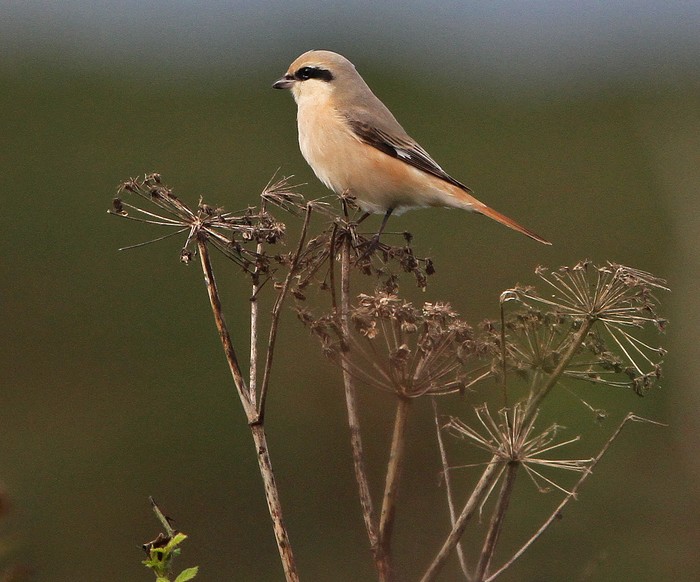
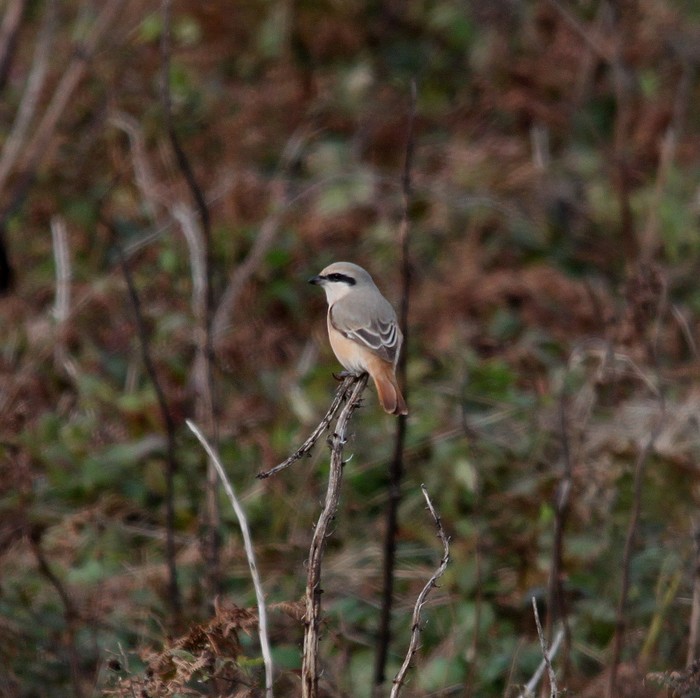
The Southwest also finally produced an American passerine in the form of a brief Grey-cheeked Thrush in Old Town churchyard, St. Mary’s on 7th. Finally, the Isabelline Wheatear was still at Martin’s Haven, Pembrokeshire to 8th.
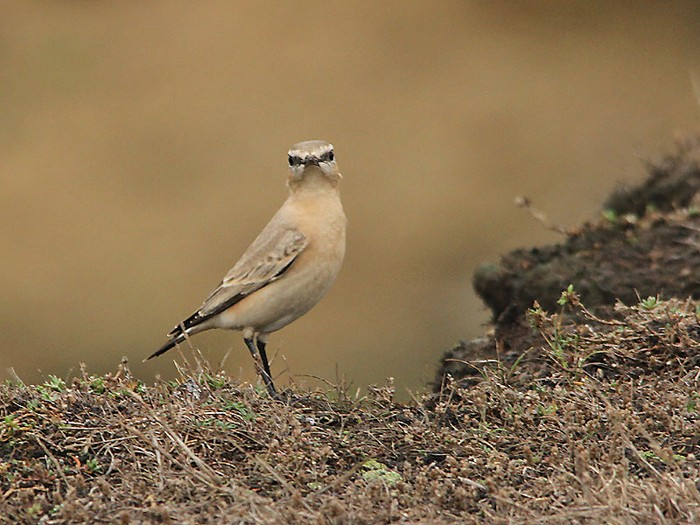
Not to be outdone, Ireland continued to make the headlines this week too, also helping to counterbalance the dominance of the Northern Isles. The Red-eyed Vireo was still at Dunquin, Kerry to 2nd but a Sykes’s Warbler at Garinish, Cork on 2nd was the star bird, only the second Irish record following the reidentification of a bird at Cape Clear, also Cork, on 17th October 1990. With fifteen British and Irish records to the end of 2011, this is an increasingly recorded species, set to overtake Eastern Olivaceous Warbler in the near future, and also one which is notable for having no particular calendar ‘slot’. The earliest was at Portland, Dorset on 1st July 2000, a number have been in August and the latest was at Seafield, Shetland from 22nd October to 9th November 1993.
Also adding to Ireland’s rarity tally was a Grey-cheeked Thrush on Dursey Island, Cork on 3rd, feeding alongside the very same garden which hosted last month’s Wilson’s Warbler, and a Buff-bellied Pipit on Inishmore, Galway on 5th to 8th.


Rare seabirds were notable by their absence this week. A small handful of Long-tailed Skuas was noted around the Southwest but only two were logged in the North Sea, off Budle Point, Northumberland on 2nd and Musselburgh, Lothian on 4th. Sabine’s Gulls were similarly scarce with only six singles noted, off Wicklow, Cork, Galway, Gwynedd, Dorset and Hampshire.
This year’s spectacular Glossy Ibis influx continued apace though tracking individuals and identifying any new arrivals was difficult. With the exception of birds at Dungeness, Kent on 6th, Abbott’s Hall Farm, Essex and Cliffe, Kent on 7th and Cresswell Pond, Northumberland on 8th, all were in the West, an increasingly familiar pattern. All were also in England with the exception of four at Caerlaverock, Dumfries and Galloway on 2nd and 3rd, one at Isle of Whithorn in the same county on 7th and two at Crook of Baldoon on 8th. Records came from sixteen counties altogether with the largest flocks being seven at Milnthorpe, Cumbria on 5th, five at Foulshaw Moss, also Cumbria, on 2nd and 4th, five at Burry Inlet, Camarthenshire on 4th and four at Bolton, Lancashire on 3rd to 5th.
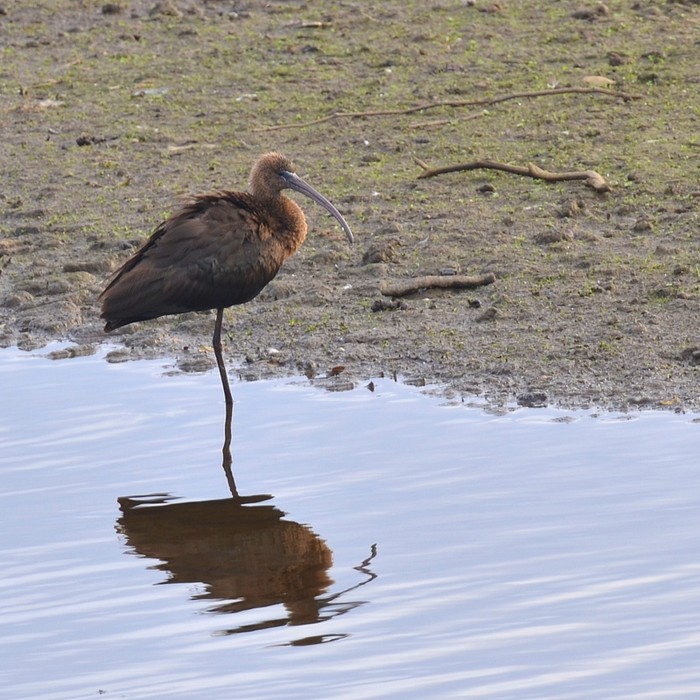
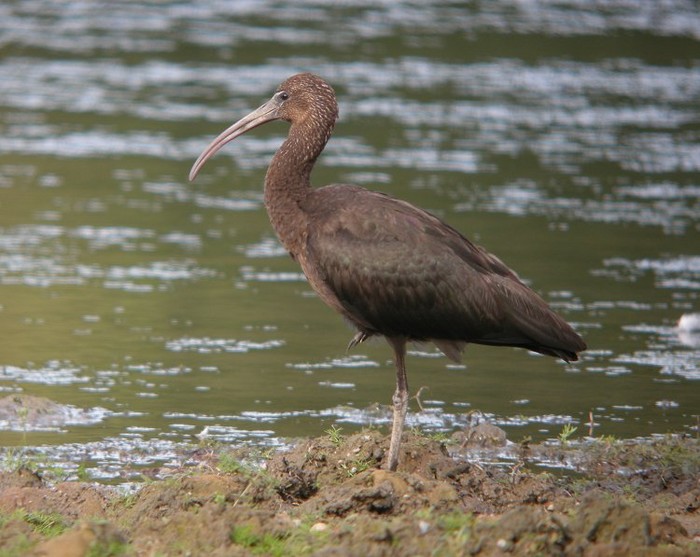
Also present in numbers were Great White Egrets , recorded from over twenty counties with an outstanding peak of nine at Dungeness, Kent on 4th.
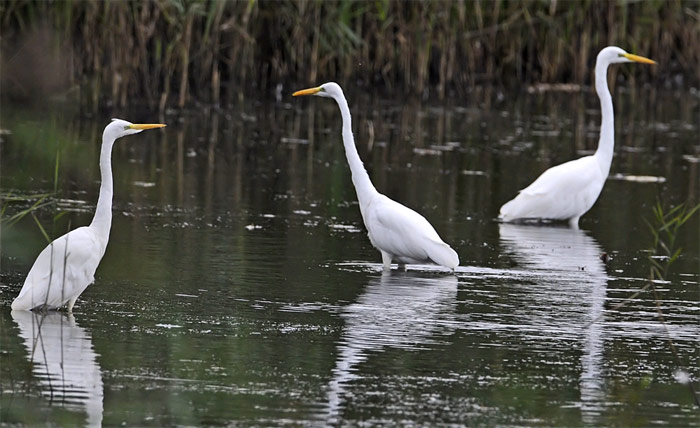
The rare heron line-up was completed by a Cattle Egret at Sheppey, Kent on 3rd and a Purple Heron on St. Mary’s, Isles of Scilly all week.
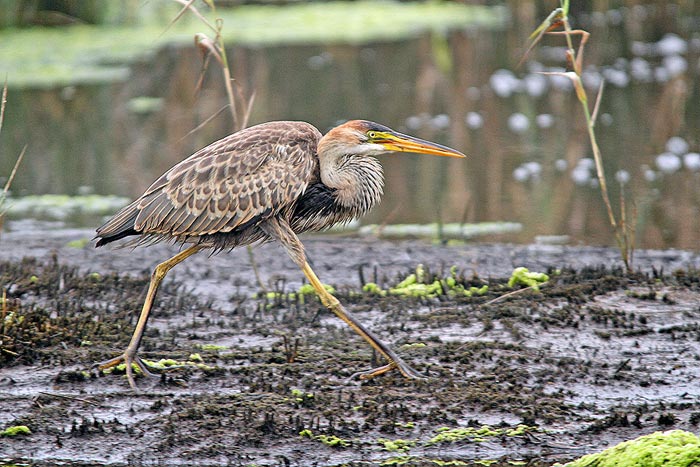
The vagrant wildfowl headlines were grabbed by the remarkable trio of Blue-winged Teals still at Boultham Mere, Lincolnshire to at least 8th with another still at Frankfield Loch, Clyde to 8th also.
The week’s rare geese, however, spoke more of early winter residence than autumn vagrancy. Three Black Brants reached Leigh-on-Sea, Essex on 2nd, with two still there on 4th whilst others were at Dawlish, Devon on 5th and 6th and The Fleet, Dorset on 7th. A Nearctic bird was at Belfast Lough, Down on 5th and 8th and a Snow Goose at Carrahane, Kerry on 4th to 8th. Back amongst the Dark-bellied Brent Geese on the English south coast, a Red-breasted Goose was at Thorney Island, Sussex on 3rd.
The rare duck line-up also had a winter feel with an American Wigeon again at Udale Bay, Highland on 7th, a Lesser Scaup at Cardiff Bay, Glamorgan to 8th, with another at Pennington Flash, Lancashire on 3rd to 8th, whilst a Green-winged Teal was at Martin Mere, Lancashire on 6th and 7th and a drake Black Duck at Sruhill Lough, Mayo on 8th. Surf Scoters were off Murcar, Aberdeenshire and Mainland Orkney on 5th and in the Sound of Harris, Western Isles on 6th.
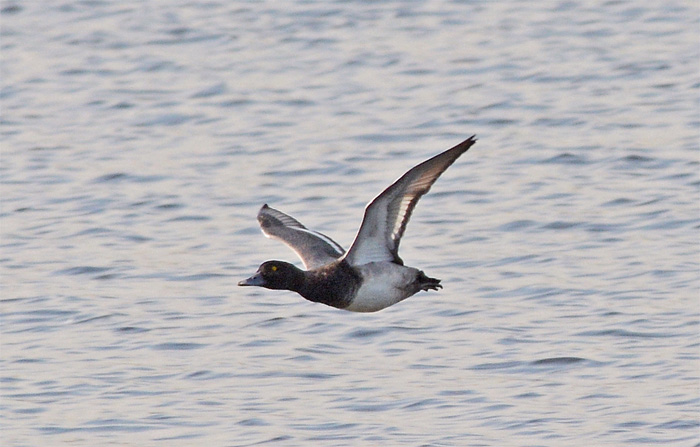
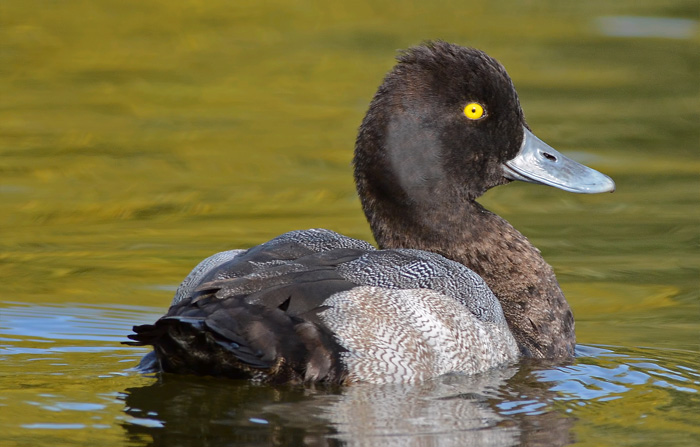
The adult Pied-billed Grebe was still at Achill Island at Keel on Sruhillbeg Lough, Mayo on 7th and 8th.
The Black-winged Stilt on the Hayle Estuary, Cornwall, still present to 8th, was probably the most notable wader of the week but two species - American Golden Plover and Pectoral Sandpiper - dominated in terms of numbers. Of the former, only two were in England - at Old Moor, Yorkshire to at least 6th and at Donna Nook on 4th - the others being in Scotland and Ireland. Scotland hosted birds at Grenitote, North Uist on 2nd, the Butt of Lewis, also Western Isles, on 2nd to 8th and at Broadford, Skye on 6th. In Ireland birds were at Rahasane Turlough, Galway on 3rd, The Mullet, Mayo on 4th and, on 6th, at Tory Island, Donegal, Tacumshin, Wexford and Ballykelly, Derry.
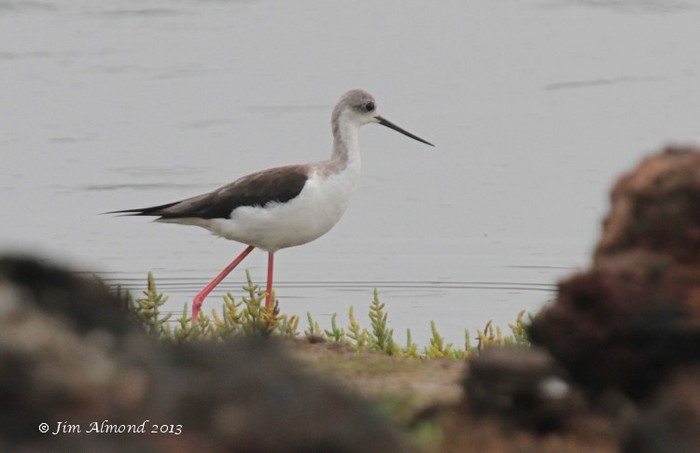
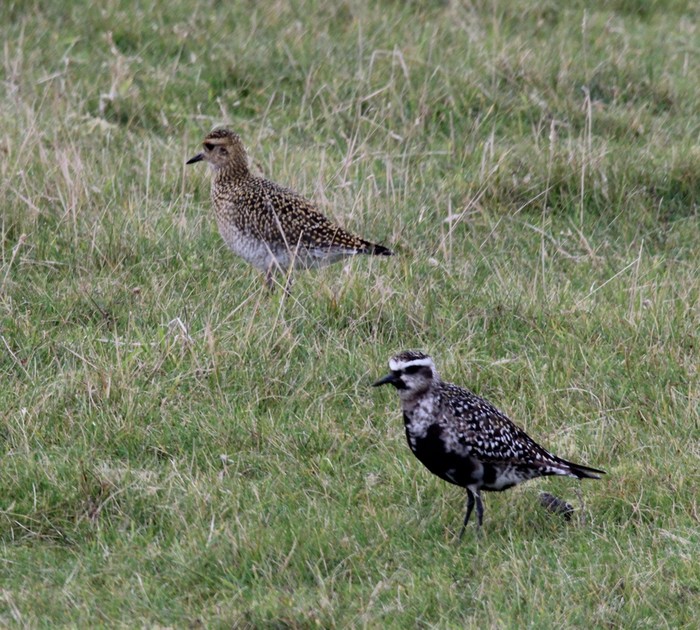
Pectoral Sandpipers racked up at least eighteen birds, from North Ronaldsay, Orkney in the north to Dungeness, Kent in the south. In an interesting contrast to the previous species, however, the Orkney bird was one of only four in Scotland whilst not a single bird was recorded in Ireland. Presumably this reflects an earlier arrival by these birds, now filtering gradually south through the country. Only the North Ronaldsay bird and another on Barra, Western Isles had the ‘feel’ of obvious fresh transatlantic arrivals.

Other Nearctic waders were, by comparison, few and far between. After the traditional September influx, Semipalmated Sandpipers were suddenly rare again, with only a single, at Derrybeg, Donegal, on 5th. Other American waders were also largely in the far West - Baird’s Sandpipers at Kilcoole, Wicklow and Black Rock Strand, Kerry on 5th, a Spotted Sandpiper on Tory Island, Donegal on 5th to 6th and a White-rumped Sandpiper on Inishbofin, Galway on 8th. However, a Baird’s Sandpiper at Slimbridge, Gloucestershire on 7th and 8th and a fly-by White-rumped Sandpiper at Donna Nook, Lincolnshire on 7th had made it across the Irish Sea as well as the Atlantic.
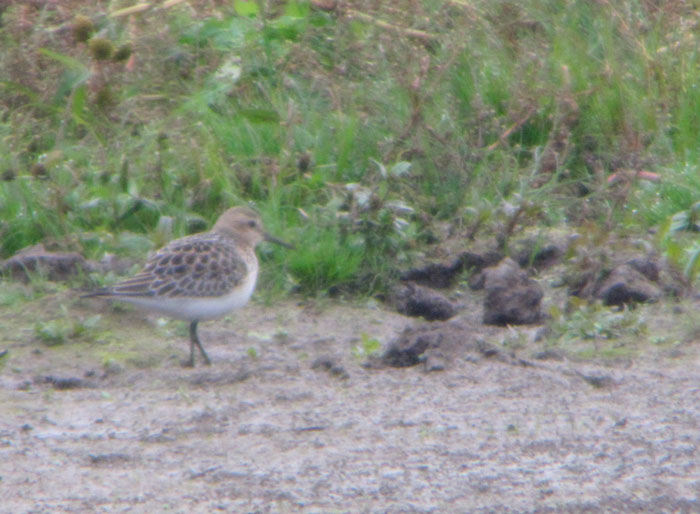
Buff-breasted Sandpipers were on St. Agnes, Scilly on 2nd to 4th, Sanday, Orkney on 2nd (with two there on 4th), two at Lough Foyle, Derry on 2nd and a single at Frampton Marsh, Lincolnshire on 2nd to 5th.
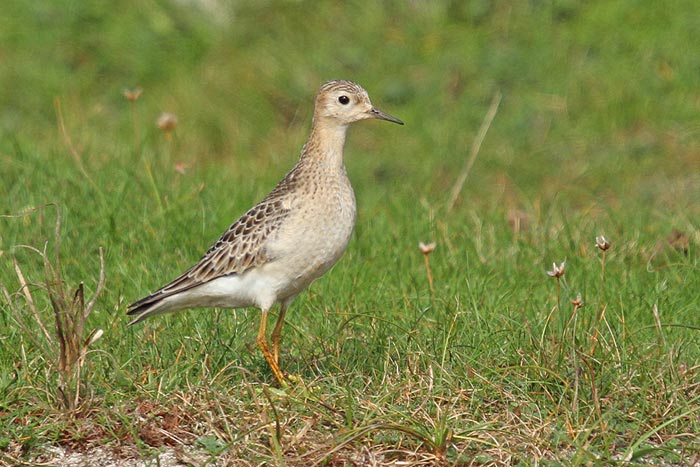
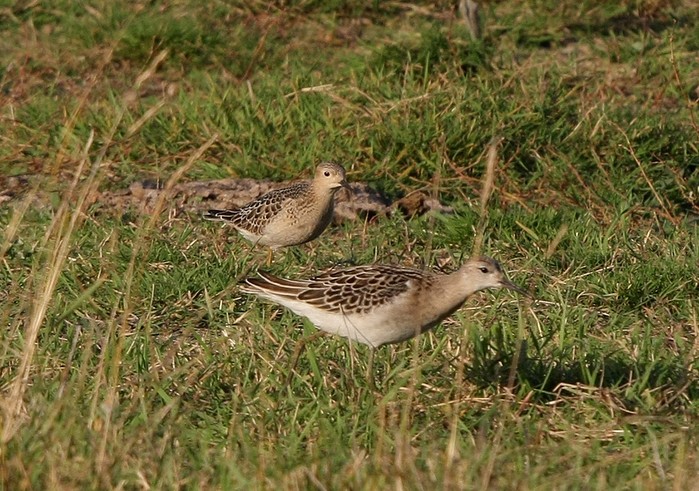
Lesser Yellowlegs were still at Cliffe, Kent to 8th, Topsham, Devon to at least 5th and the National Wetlands Centre, Camarthenshire to at least 7th. Others were at Pool of Virkie, Shetland on 2nd, at Lough Corrib, Galway on 4th and 5th and at Hayle Estuary, Cornwall on 6th.
The ‘best of the rest’ included a Long-billed Dowitcher at Rhaslas Pond, Glamorgan on 8th and the long-stayer reappearing at Keyhaven, Hampshire, a Red-necked Phalarope at Angler’s Country Park and Fairburn Ings, Yorkshire to 5th and single Dotterels on Fair Isle, Shetland all week and at South Stack, Anglesey on 4th.

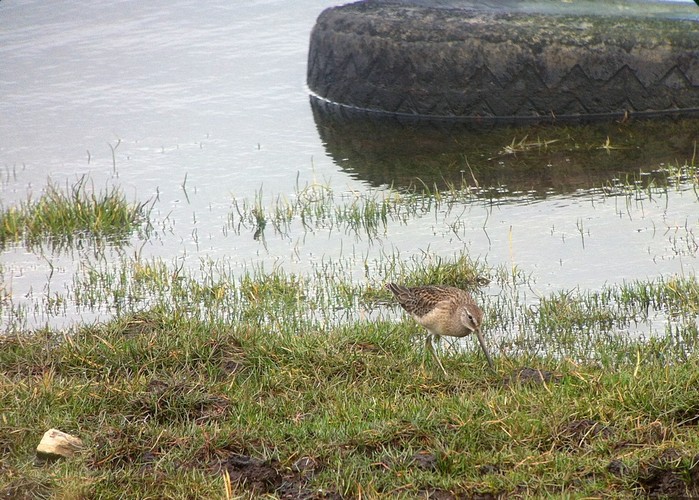

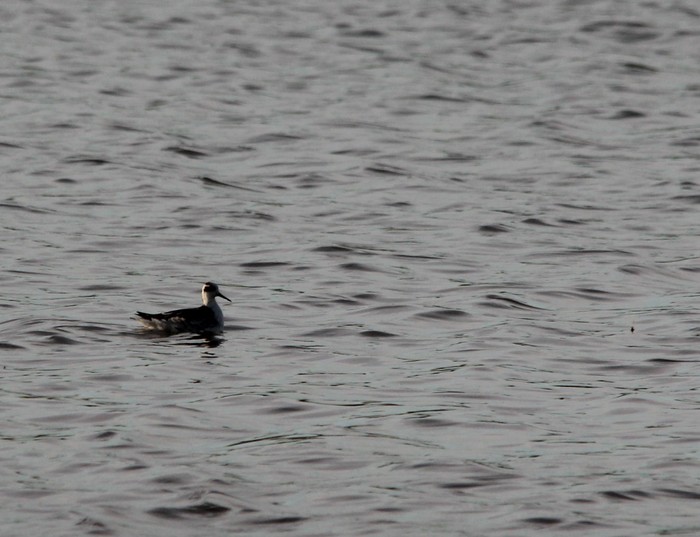
Easily the best gulls of the week were a Laughing Gull on Sanday, Orkney on at least 4th to 7th and the Azorean Yellow-legged Gull again at Stanwick Gravel Pits, Northamptonshire and then at Rutland Water, Leicestershire on 8th. Otherwise it was slim pickings indeed for larophiles - just two Glaucous Gulls , four Iceland Gulls and a Ring-billed Gull , the latter at Black Rock Strand, Kerry on 3rd.
Rough-legged Buzzards reported over Spurn, Yorkshire and St. Osyth, Essex on 6th were the first of the autumn. A major autumn influx of this species is long overdue – might these early birds be the vanguard of more to come?
Passerines, however, dominated the week. Just below the ‘headline’ rankings were the Pechora Pipit still on Mainland Shetland at Levenwick on 2nd with a new bird at Islesburgh, also Shetland, on 4th.
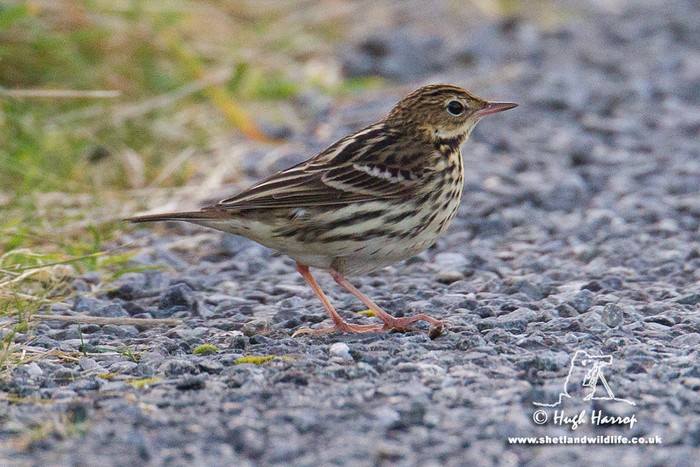
Olive-backed Pipits were also in evidence, with a bird still at Spurn, Yorkshire on 2nd and another English east coast bird at Whitburn, Durham on 5th. The others were all a long way north though - on Fair Isle and Unst, Shetland on 2nd, North Ronaldsay, Orkney and Whalsay, Shetland on 4th (the former lingering to 6th), Cunningsburgh, Shetland on 5th and Fair Isle again on 8th. Red-throated Pipits were at Rainham Marshes, London on 3rd and on Out Skerries, Shetland on 6th to 8th.
Richard’s Pipits were, by normal standards, scarce with only around a dozen noted - a tiny number given this autumn’s huge surge of Yellow-browed Warblers.
Red-breasted Flycatchers and Wrynecks had a high profile this week. Almost thirty of the former appeared, with new arrivals continuing at least to the middle of the week, clearly assisted by an airflow from central Europe. Most were on the English east coast with, as the week went on, more reaching the Southwest. More far-flung birds were on Bardsey, Gwynedd on 6th, The Mullet, Mayo on 2nd and, furthest of all, the Butt of Lewis, Western Isles on 8th.
As for Wrynecks, more than thirty were reported, almost all singles though four were at Galley Head, Cork on 2nd. Interestingly, the distribution of these birds was somewhat different, with most further south than the Red-breasted Flycatchers and over two-thirds of all records being in the West or Southwest. The most-travelled was at Arranmore, Donegal on 3rd and 4th. Interestingly not a single bird was recorded in Scotland.
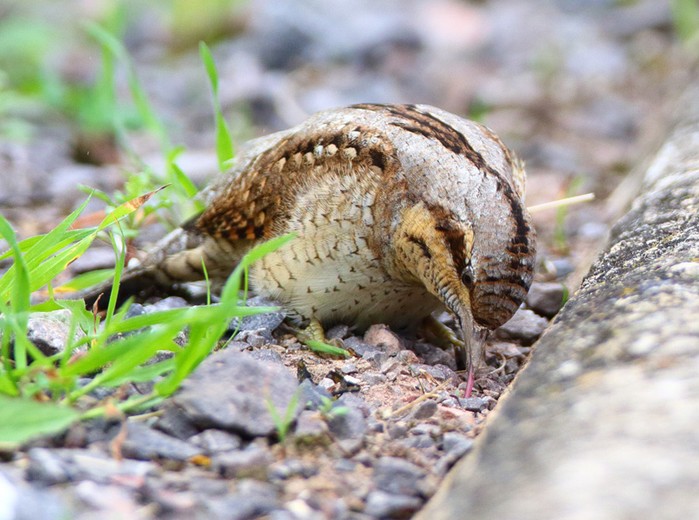
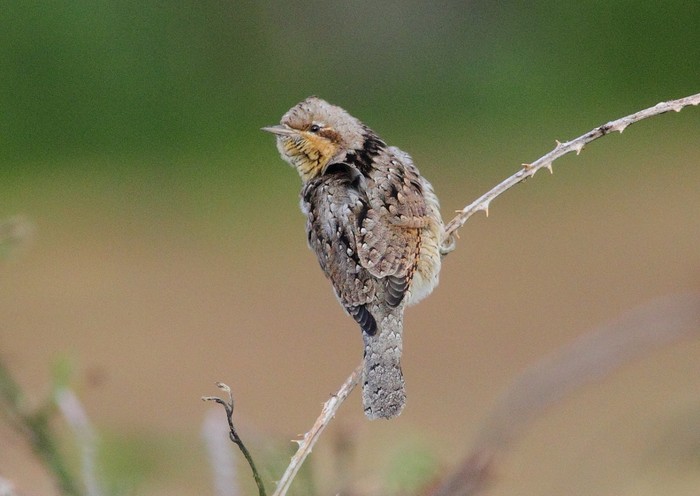
Turning to warblers, by far the best of the ‘not quite headline’ birds was a Lanceolated Warbler on 6th (on Fair Isle of course). ‘Runners-up’ included two Radde’s Warblers - on the Isle of May, Fife on 3rd to 4th and at Berry Head, Devon on 5th. This is of course a surprisingly low total for this species. This is peak Radde’s Warbler week but, for the first time ever, there have been more Brown Shrikes so far this autumn! It is noteworthy, however, that the easterly flow which brought all the Yellow-browed Warblers in late September lay well to the north, presumably away from the range of more southerly Siberian species. Of course these fluctuations are normal, some autumns being good for some species, less so for others, according to the nature, extent and timing of weather patterns across northern Asia. It will be interesting to see how many Pallas’s and Dusky Warblers we get later this month.
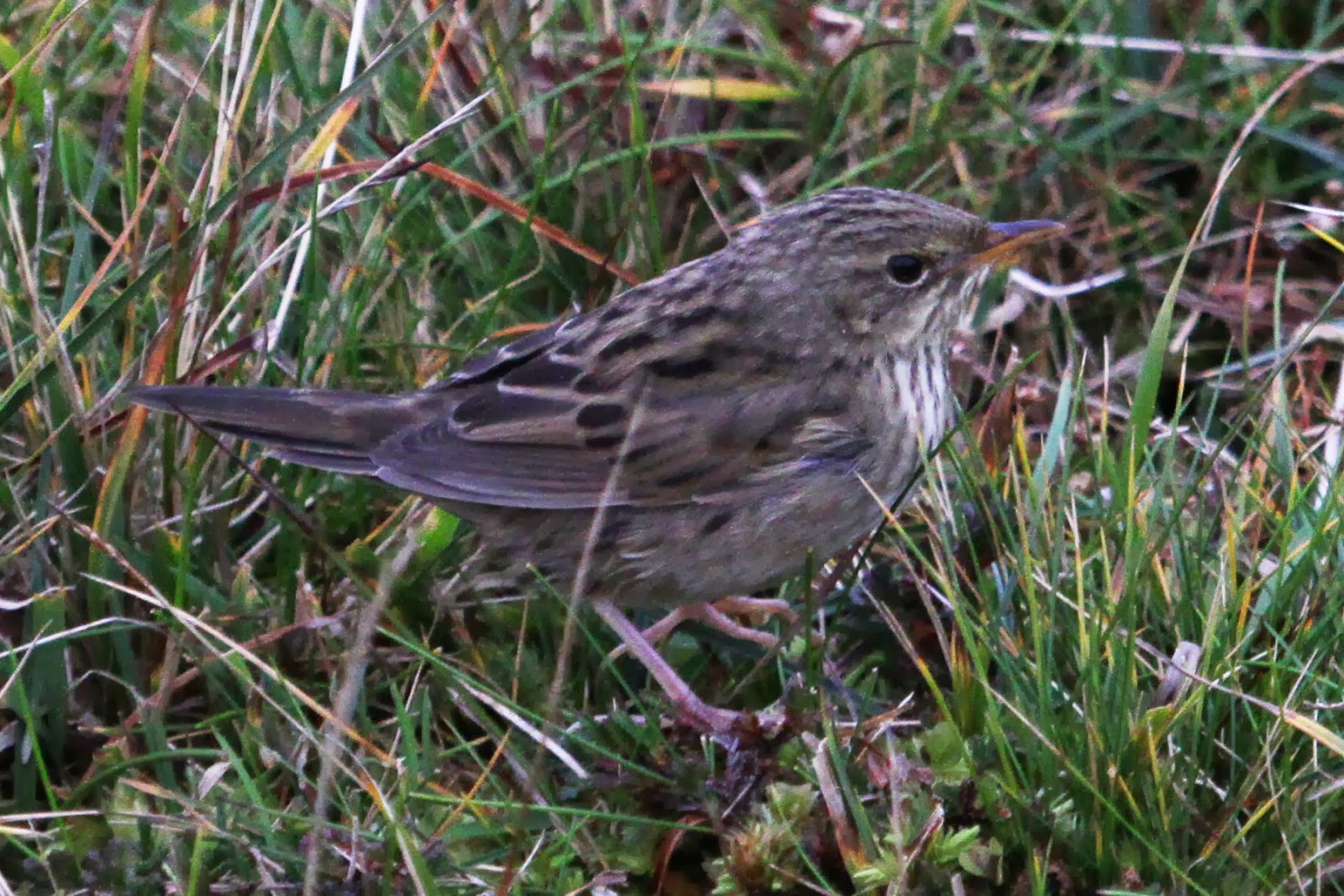
Other Phylloscopi included (on Shetland) Arctic Warblers on Unst on 2nd, Loch of Voe, Mainland on 3rd to 5th and Lerwick on 6th and 7th. One finally broke through to the Southwest on 5th, reaching St. Mary’s, Scilly on 5th and still present to 8th. Western Bonelli’s Warblers were at St. Levan, Cornwall on 6th to 8th, Garinish, Cork on 2nd to 4th, Burray, Orkney on 4th and 5th, Whalsay, Shetland still on 4th and Flamborough Head, Yorkshire on 7th and an unidentified Bonelli’s Warbler was at Hunstanton, Norfolk on 2nd and 3rd. These were all fairly typical records but a Greenish Warbler at North Loch Eynort, South Uist, Western Isles on 5th was typical neither in its date nor its location.

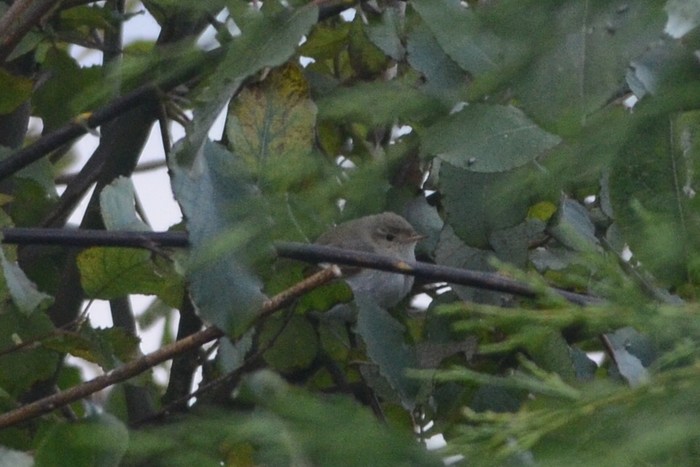
The main Phylloscopus talking point, however, remained this autumn’s outstanding arrival of Yellow-browed Warblers . The numbers are too great to elucidate here but a clear shift in distribution became obvious this week with an excellent scatter of birds in the Northwest and the West (including inland) and with birds finally reaching Scilly too. The comparative lack of birds on the English east coast south of Yorkshire (where numbers remained far from exceptional) adds futher evidence that the trajectory of this year’s birds remains well to the north. Many birds must have already perished in the Atlantic.
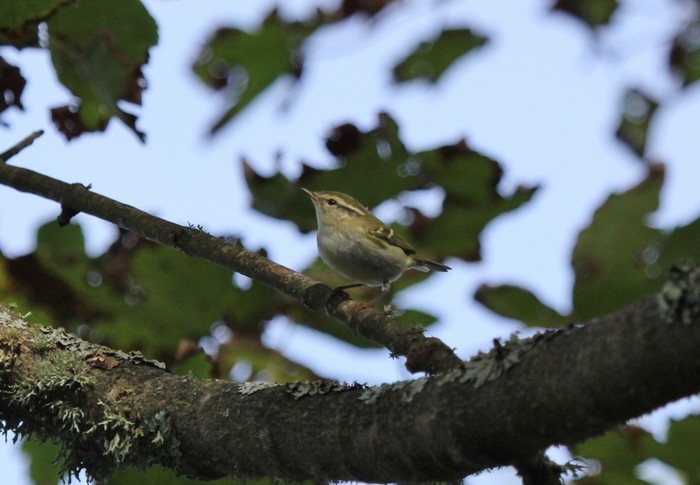
Other ‘good warblers’ included a Blyth’s Reed Warbler still on Unst, Shetland to 8th (with another suspected at Red Rocks, Wirral to 4th). Turning to Sylvias, the ringed male Sardinian Warbler remained at St. Abbs, Borders all week, with Subalpine Warblers at Yell, Shetland to 8th and St. Agnes, Scilly to at least 6th, Druridge, Northumberland on 4th and 5th and Whitburn, Durham on 5th.
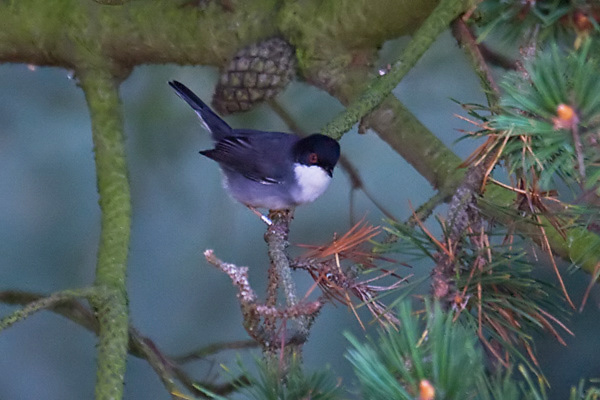
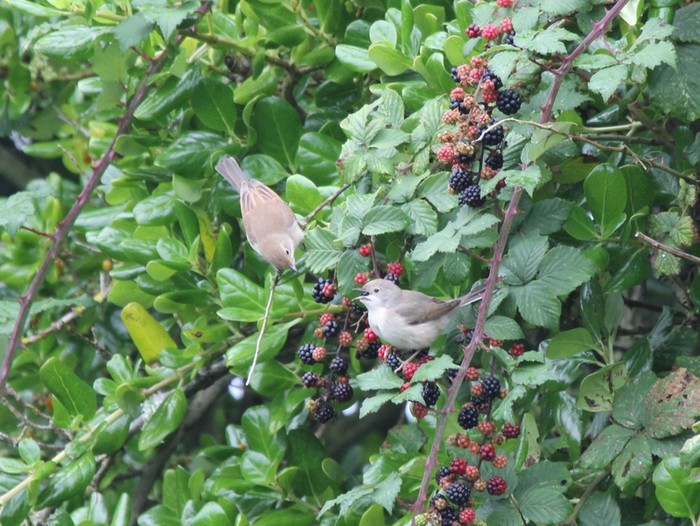
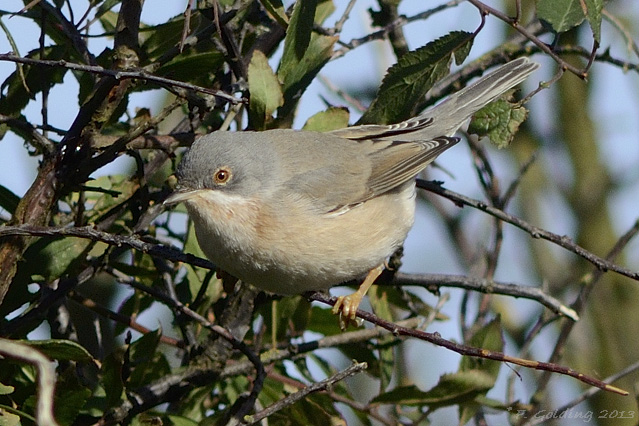
Scarce warblers included three Marsh Warblers (all on Shetland), five Melodious Warblers (four in Cornwall and one in Cork), a single Icterine Warbler (in Lincolnshire) and ten Barred Warblers (well scattered, with four in Ireland).

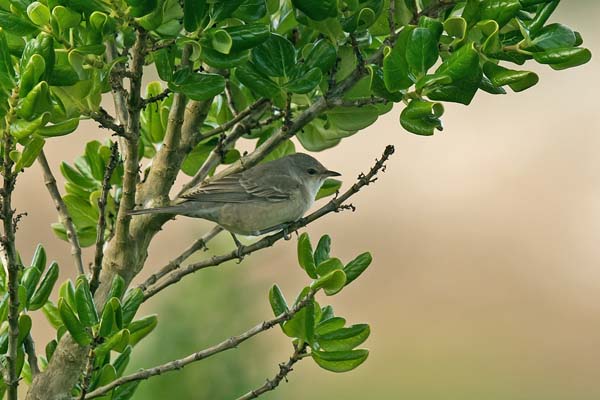
Turning to chats, the Siberian Stonechat was still at Trimley Marshes, Suffolk to at least 8th and others were at Cliffe, Kent on 2nd and Gibraltar Point, Lincolnshire on 5th to 6th. The identification of autumn Siberian Stonechats has now acquired a new dimension, though it is in fact not really new. The occurrence of dark, stejnegeri-type birds was flagged up as long ago as 1991 but the subsequent treatment of maurus and stejnegeri as consubspecific diluted much further interest in the issue. The recent re-emergence of stejnegeri as a valid form/species has naturally renewed interest in these birds, however, as has of course the bird at Portland, Dorset in October 2012. At least five earlier records remain waiting in the wings, however, most notably a trio of identical-looking birds in late October/early November 1991 (note the late arrival dates), the first at Happisburgh, Norfolk and then two more on Fair Isle. That aside, the appearance of the Suffolk bird (and presumably the others too) matches a typical west Siberian maurus, as would be expected from the date.
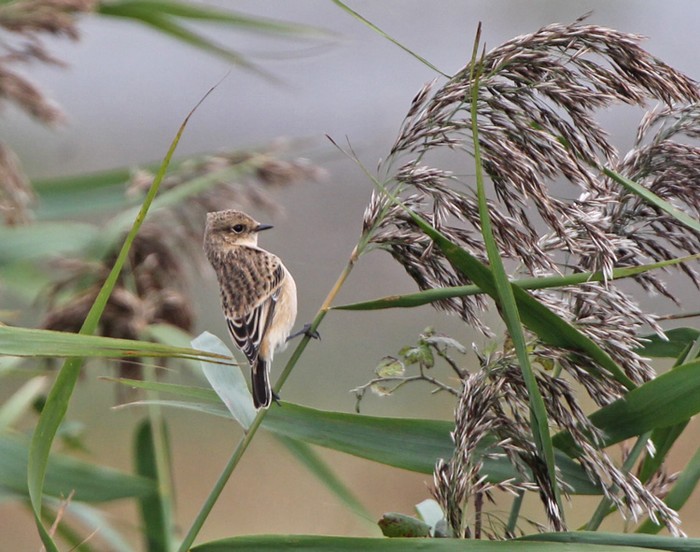
Bluethroats were scarce this week, with only three logged - on St. Mary’s, Scilly to 8th, at Rattray Head, Aberdeenshire to 6th and at Mizen Head, Cork on 3rd.
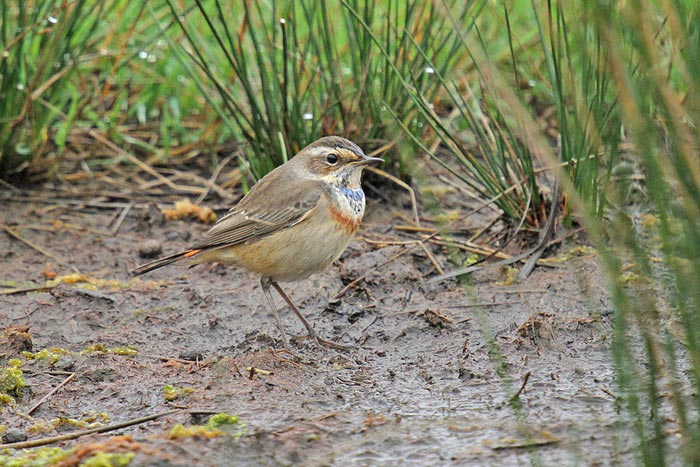
The week’s best shrike was a Lesser Grey Shrike at Sheppey, Kent on 5th and 6th but around ten Red-backed Shrikes were noted, all in Ireland and the Southwest and most notably three at Mizen Head, Cork on 3rd. In the meantime, the autumn’s first Great Grey Shrikes were making an appearance in the North and the East. The first were at Burrafirth, Unst and the Isle of May, Fife on 2nd with six more logged by the end of the week - at Dumpton, Kent on 4th and 5th, Foula, Shetland on 4th, Bressay, also Shetland, on 5th, Fair Isle on 5th to 8th, Minsmere, Suffolk on 7th and Cunningsburgh, Shetland on 8th.
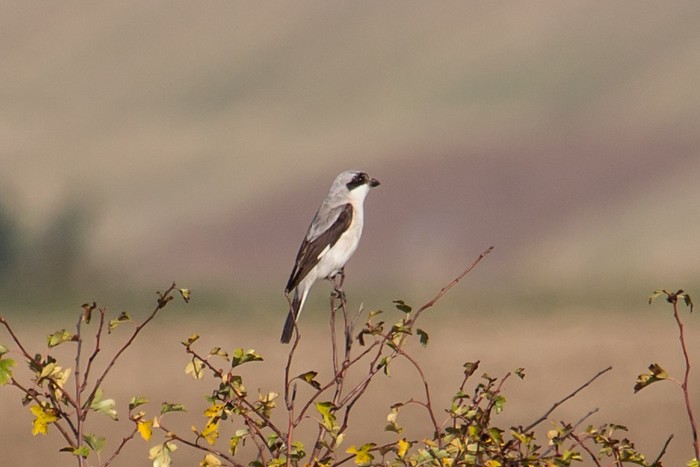
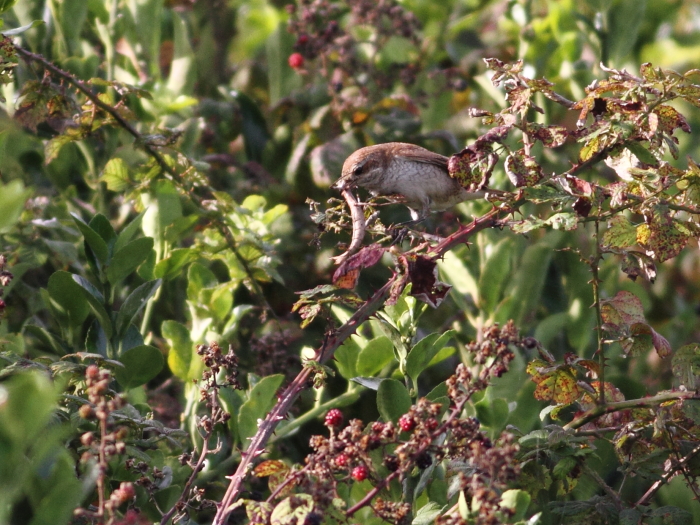
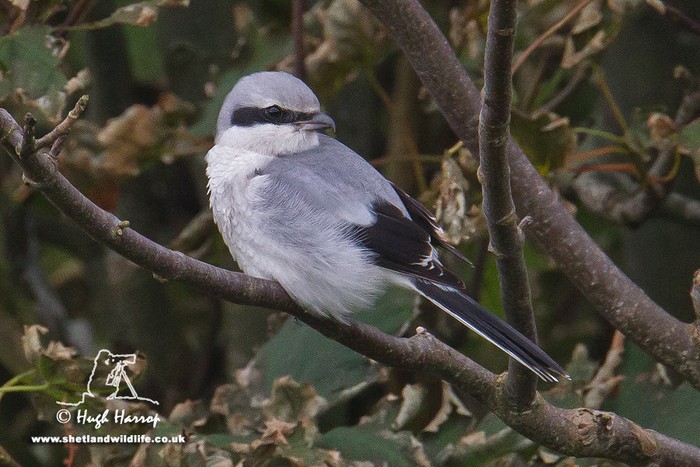
Half a dozen Rose-coloured Starlings were seen - the long-stayer still at Caister on Sea, Norfolk to at least 5th and then others at Newport Wetlands, Gwent on 2nd, Tory Island, Donegal on 2nd to 8th, Pegwell Bay, Kent on 2nd, St. Agnes, Scilly on 4th to 8th and Bryher on 8th, Hoswick, Shetland on 5th, Benacre, Suffolk (the Norfolk bird relocating?) on 7th and Selsey, Sussex and Llandysul, Ceredigion on 8th. Remaining with sandy birds, there were five Short-toed Larks - on St. Agnes, Scilly on 4th to 8th and St.Mary’s, also Scilly, also on 6th, at Sumburgh, Shetland on 5th to 8th, at Sandwick, also Shetland, on 6th and at Ballycotton, Cork on 8th.
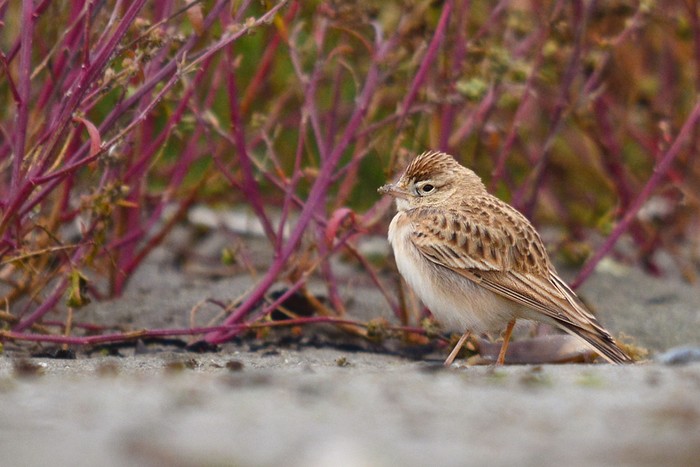
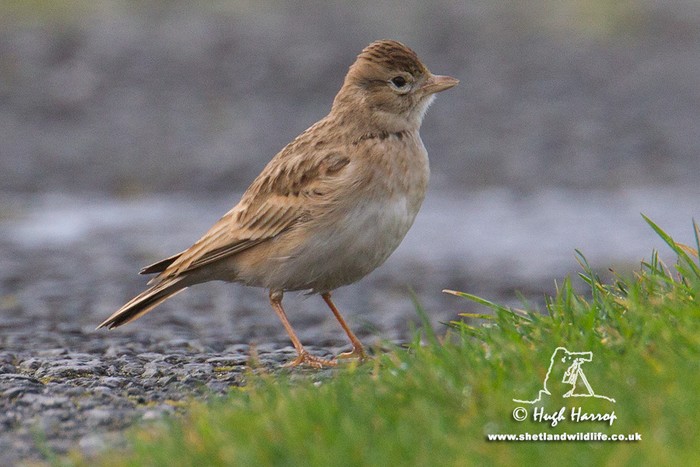
In the finches and buntings department, the best were new Hornemann’s Arctic Redpolls on Unst, Shetland on 7th and at the Butt of Lewis, Western Isles on 8th. Further south, still on offer were the Two-barred Crossbills (still up to four though highly erratic) at Lynford Arboretum, Norfolk whilst a female was found near Dorking, Surrey on 8th. Other finches included a Serin at Mizen Head, Cork on 4th and at least ten Common Rosefinches , split between Shetland, the east coast, Ireland and Scilly.
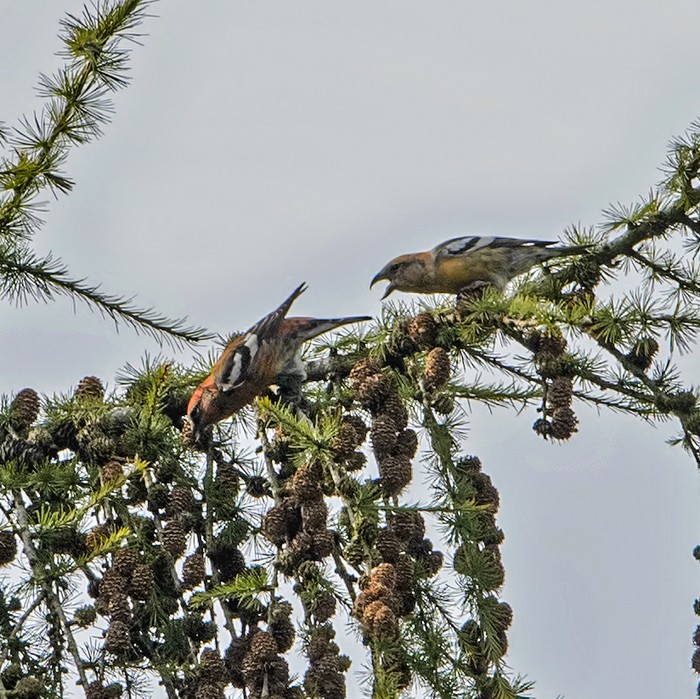
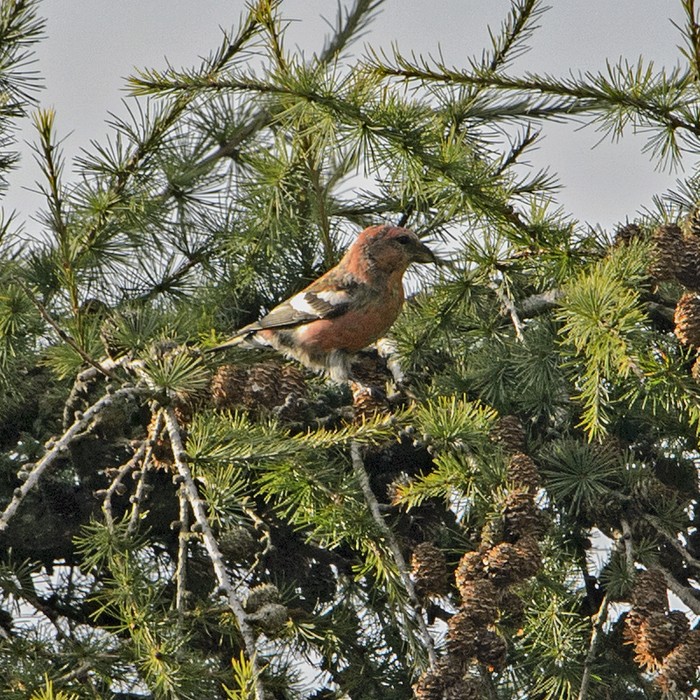
Rustic Buntings at Donna Nook, Lincolnshire on 3rd and on Fetlar, Shetland on 8th were the best buntings, but its commoner relative, Little Bunting , naturally amassed more records. About a dozen were scattered around largely traditional locations on Shetland, the east coast and Scilly but, more unusually, one was trapped inland at Dunkirk, Cambridgeshire on 7th. An Ortolan Bunting was on Dursey Island, Cork on 2nd.
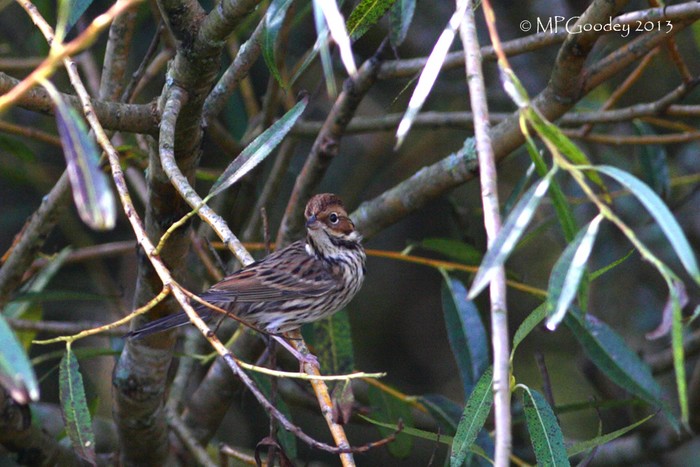
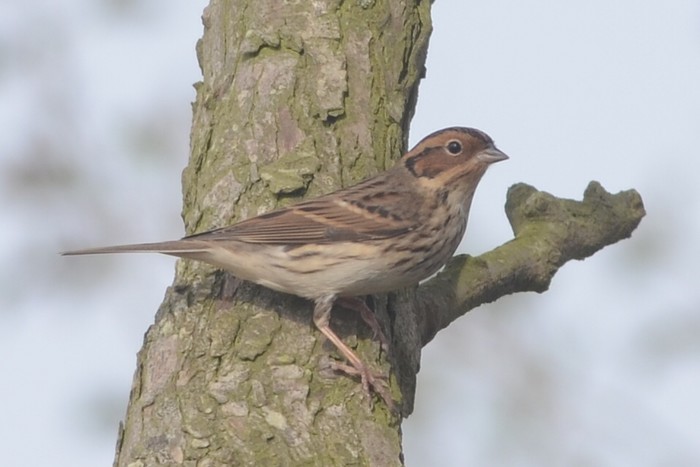
Finally, ‘odds and sods’ included an unseasonal Bee-eater over Land’s End, Cornwall on 8th, Hoopoes at Bamburgh, Northumberland on 3rd and 4th, Dungarvan, Waterford on 3rd to 6th, the Beara Peninsula, Cork on 5th and Laurgah, Kerry on 7th. A Golden Oriole was on North Ronaldsay, Orkney on 3rd.
Looking to the week ahead, a sudden change in the weather to strong northerlies (and then northeasterlies) and plummeting temperatures should stir things up considerably. It looks likely that, for a change, the focus may shift away from the far North and Southwest to the east coast. Watch this space….
Andy Stoddart
09 October 2013



